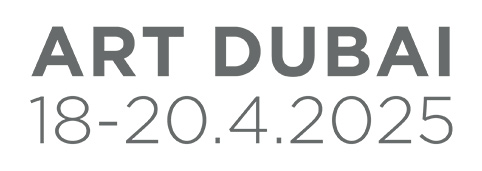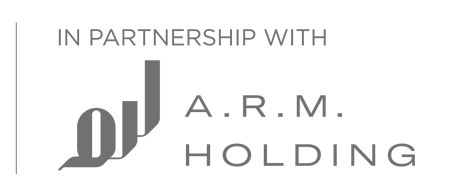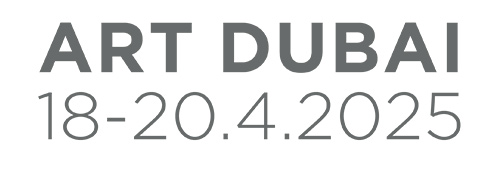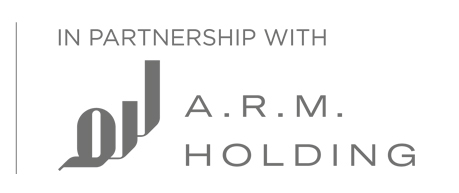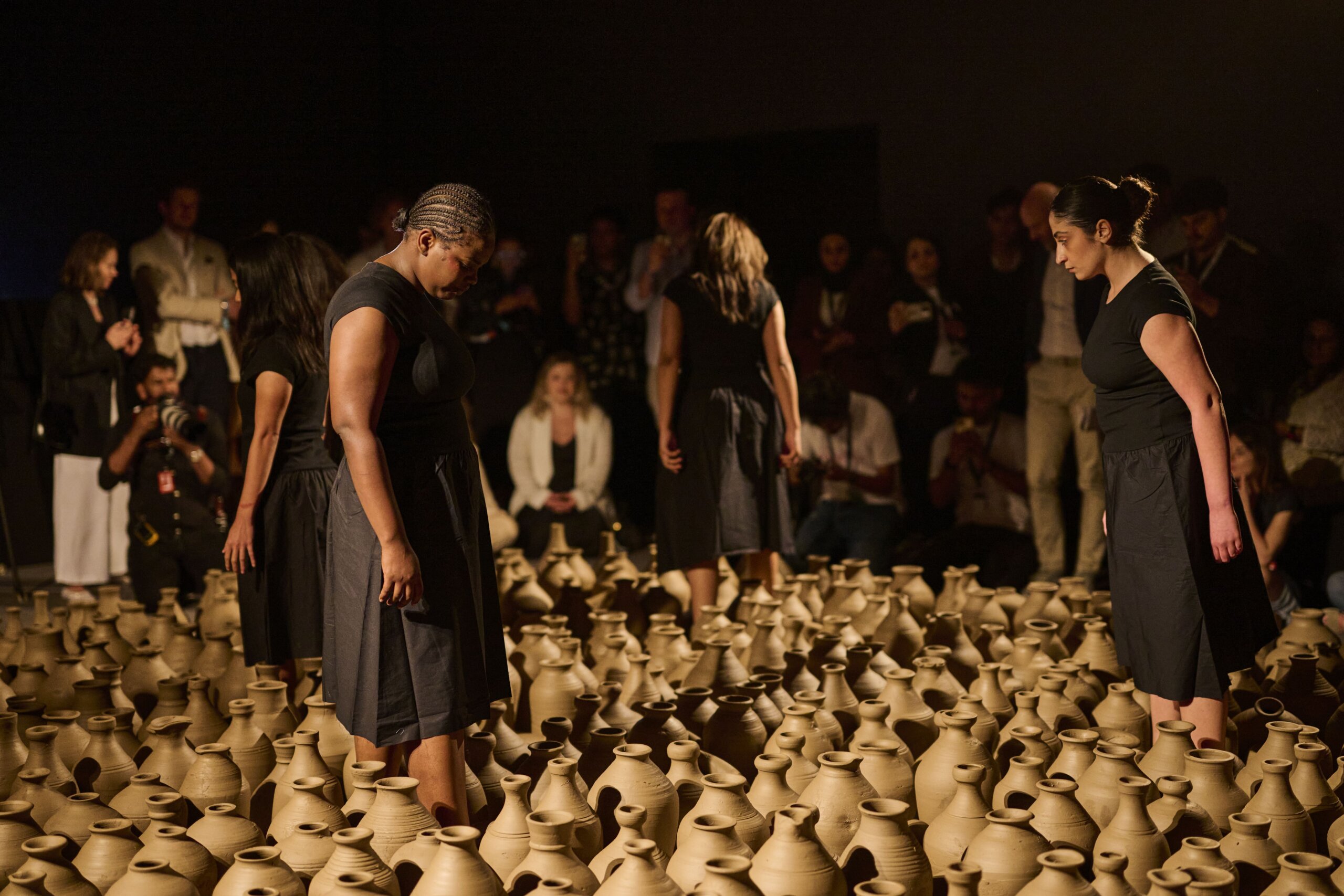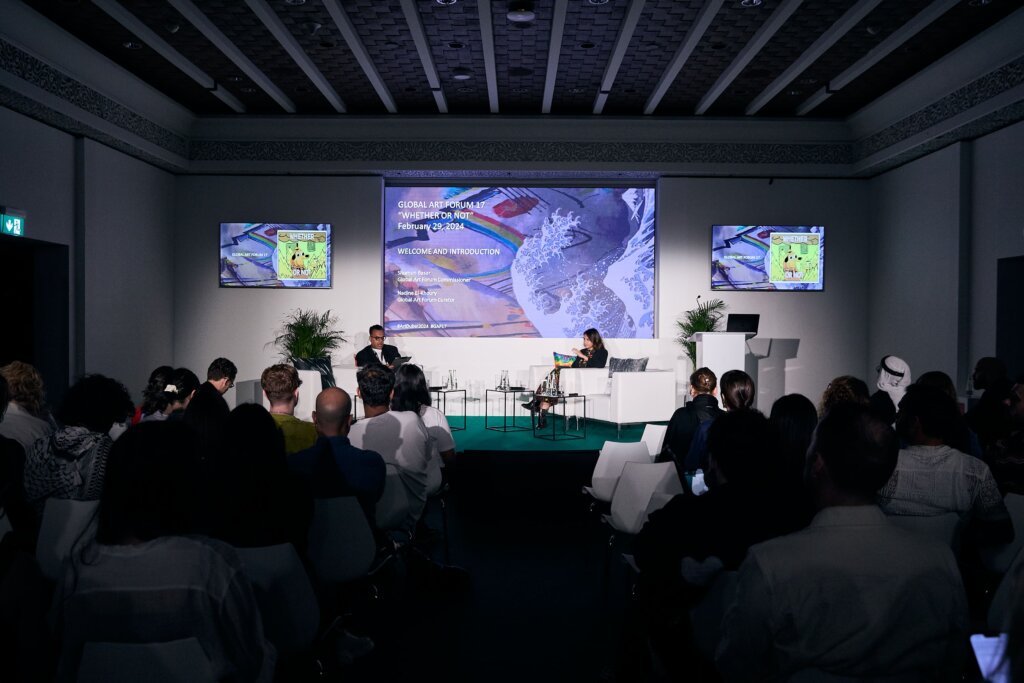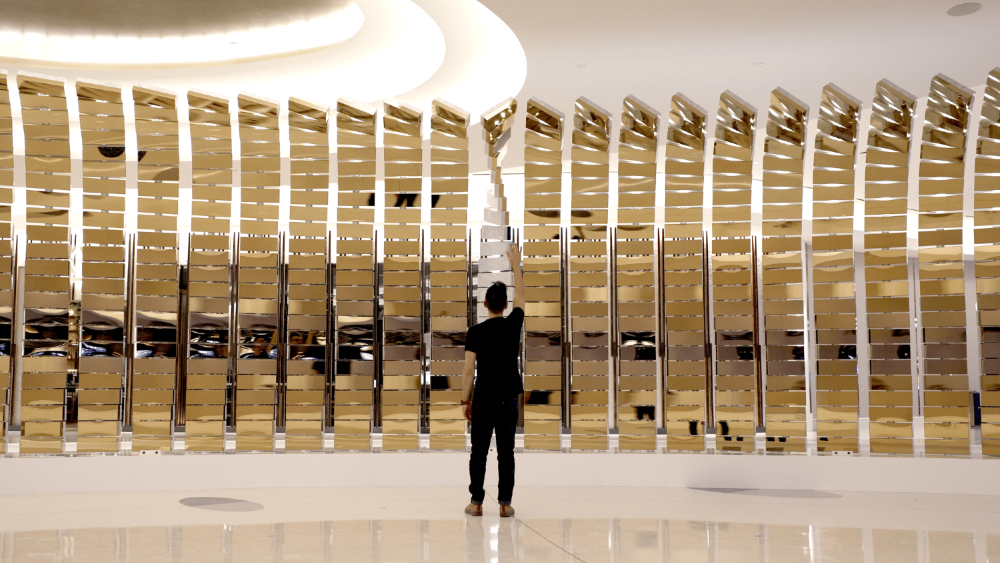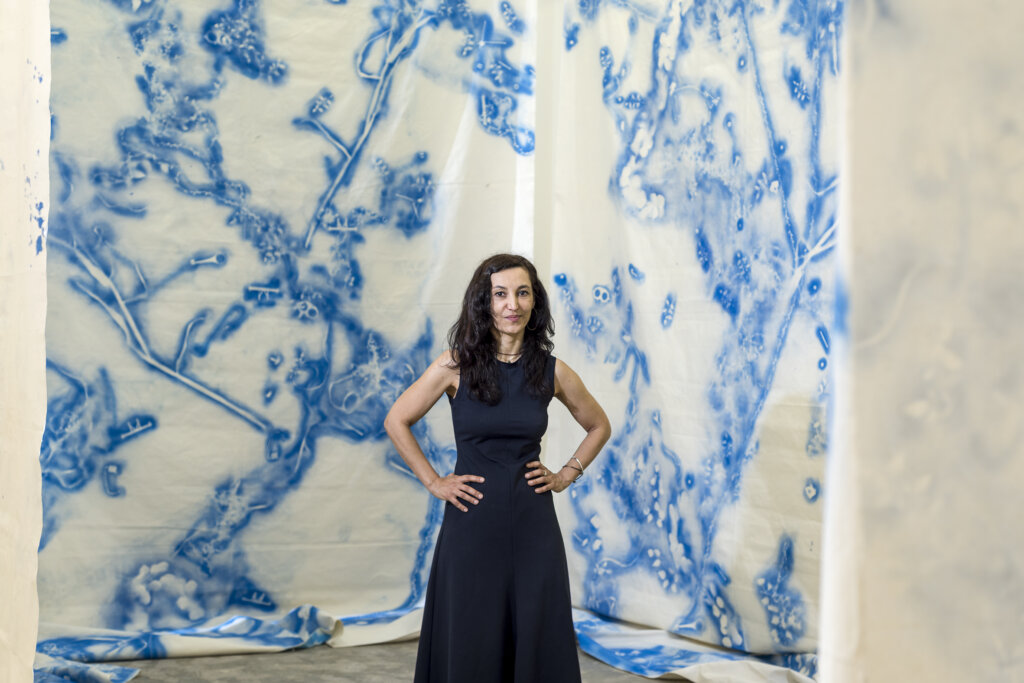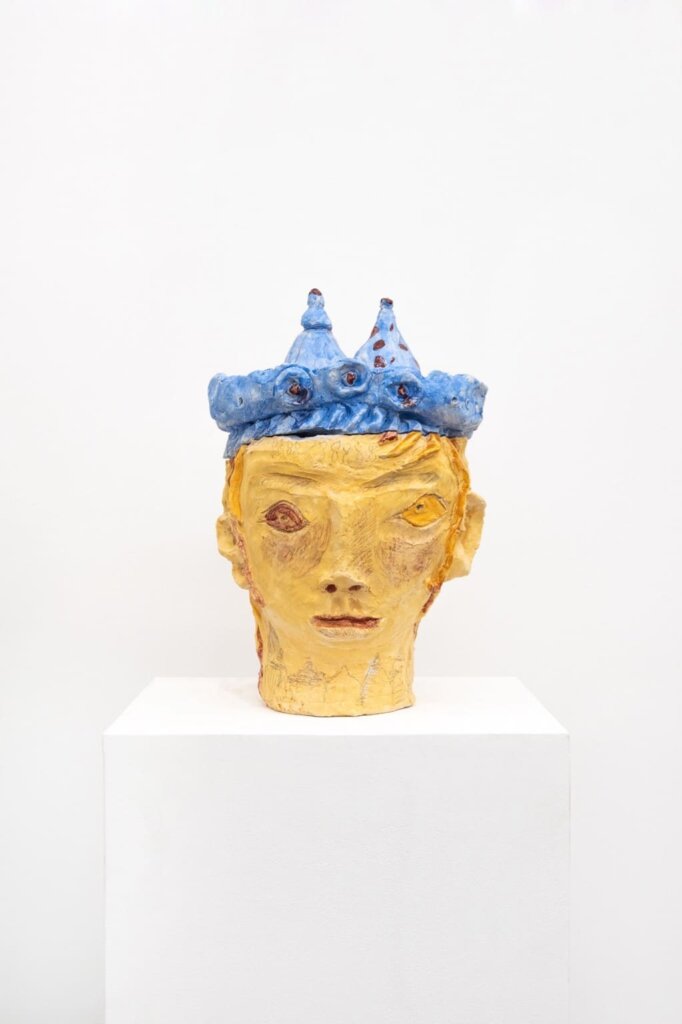By Maan Jalal
Mexican visual artist Héctor Zamora, will present two performances as part of this year’s Art Dubai’s Commissions programme. The first Existence-Emitting Movements is in collaboration with Alserkal Avenue. The performance sees a group of women walking over an arrangement of hundreds of raw clay vessels, crushing them under their feet. Existence-Emitting Movements debuted in Mexico city in 2019, and has since been performed in Spain, Bangladesh, Brazil, Guadalajara in Mexico and now in Dubai, its first in the Middle East.
A site-specific installation, based on the performance, will be exhibited at Alserkal Avenue and will include the terracotta pieces and a video. This partnership with Alserkal Avenue marks the beginning of a multi-year collaboration with Art Dubai aimed at co-commissioning artists whose practice is rooted in performance. Zamora will also be presenting a new work entitled Gathered in me They Once Again Become Life, for which he collaborated with a local performer and artisans. Here, Zamora explains the ideas behind his work, the process of working with performers and how his pieces are connected to nature.
Can you tell us about your new performance Gathered in me They Once Again Become Life?
Normally, my work involves anywhere from five to a hundred 100 people. This time it’s only one person facing one pot. The pot of clay is also different in terms of scale, something I’m doing for the first time. The pot is 2m high. I found a workshop in Sharjah that has potters that have the skill to do 2m-high pots. It’s amazing.
I am reflecting on the relationship we have with the pot as a symbol of life—how clay, in almost all cultures, is connected to our bodies. In a poetic way, the performer will attempt to understand this 2m-high pot, and then he will have this need to get inside the pot and he does.
Can you tell us about the concept behind Existence-Emitting Movements?
The work is related to the labour of women. The symbol of a woman carrying a pot of clay is always represented as this beautiful image from so many cultures. The women are always happy and relaxed even though they are carrying more than 20kg on their heads. The work changes the position of the pots, they are fresh, and we see how the performance will transform or destroy this classic shape and make something new from this action.
How do you think the performance will be different in Dubai?
In Brazil, everything was more like a celebration. In Bangladesh, it was a statement: “I am a woman, and we have the same rights as everyone else”. This was something that emerged naturally from their culture. I think we will have something interesting and new happen in Dubai. Because the group of women that will help me will be very diverse as a community, since Dubai is very multicultural.
How does the collaboration with your performers work?
I give very basic instructions to the performers. They are aware about the concepts that are behind the work, but I never go deep. I try to keep things more or less free in terms of what their actions will be—they will be done by them, not by me. In that way, the result of the action is fully in their hands and their minds: they will decide when they will start, how they will walk through and how many pots they will destroy. This is something that I know I don’t have any control over.
How will Existence-Emitting Movements be experienced differently when it’s in Alserkal Avenue?
The experience will be dramatically different because you will not see the women doing the performance but you will find the pots that are smashed, and they are quite beautiful. They contain the action, the vestige of what happened, and then you have the video of what happened. Through these two elements your mind will do the rest and you will see the resolution that I was trying to come to. It’s different but it works.
Can you elaborate on how the concept of transformation through nature is explored in your works?
In a very pragmatic way I am working with earth, with clay. This is a very important symbol of how we are related to nature. Without clay, without earth, we cannot create pots, we cannot create bricks, we cannot build our cities without that material. This is truly an example of how we live together with nature, it’s this idea of combining and not separating.
